The Westport Fishermen’s Association (WFA) was founded in 1983 to serve as the Westport River’s grassroots advocate for clean, healthy water and marine habitats. In 2018, 35 years after it was founded, the WFA merged with the Coalition to sustain and grow its legacy of accomplishments.
History of the Westport Fishermen’s Association
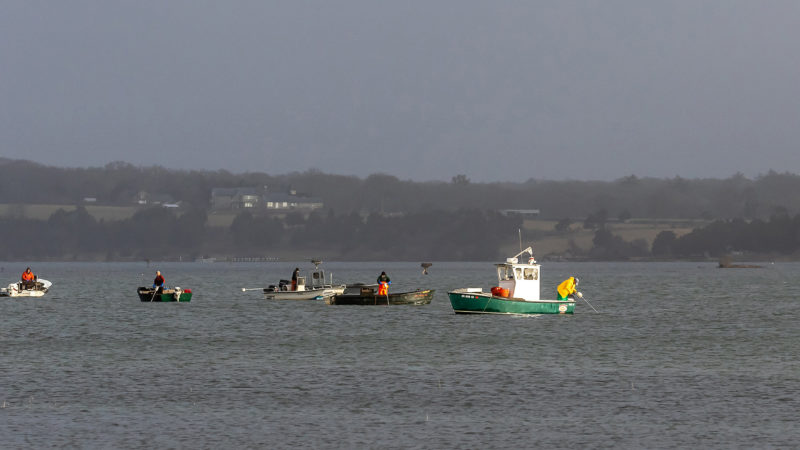
The Westport Fishermen’s Association was started in 1983 by commercial and recreational Westport fishermen. But the organization ultimately became a driving force for grassroots advocacy to improve the health of the Westport River. (Image: Greg Stone)
The Westport Fishermen’s Association began in 1983 by a group of concerned fishermen, after sewage contamination closed the west branch of the Westport River to recreational and commercial shellfishing. These fishermen and other local citizens worked with the Board of Health and other state agencies to implement regulations and clean up pollution sources that once again allowed people to harvest shellfish from Westport’s waters.
Over the next 35 years, the WFA focused its advocacy efforts on the Westport River’s marine habitats, including its marshes and tributaries. The organization’s work helped improve water quality, protect fish passage, and prevent negative impacts on stream flow and habitat. The result was better fisheries and water quality for all of us.
The Coalition is continuing the WFA’s advocacy, science, restoration, and land protection work in Westport. The focus remains on reducing nitrogen pollution, primarily from residential wastewater, as well as restoring and protecting habitat for native migratory fish such as river herring and salter brook trout in the Westport River and its tributaries.
Westport Fishermen’s Association Accomplishments
Through advocacy and hands-on work, the WFA has left behind a cleaner Westport River for everyone. The organization’s legacy includes pollution reductions, aquatic habitat restoration, and increased awareness of the issues facing the Westport River watershed, among many other notable accomplishments.
Reopening Shellfish Beds Through Water Testing
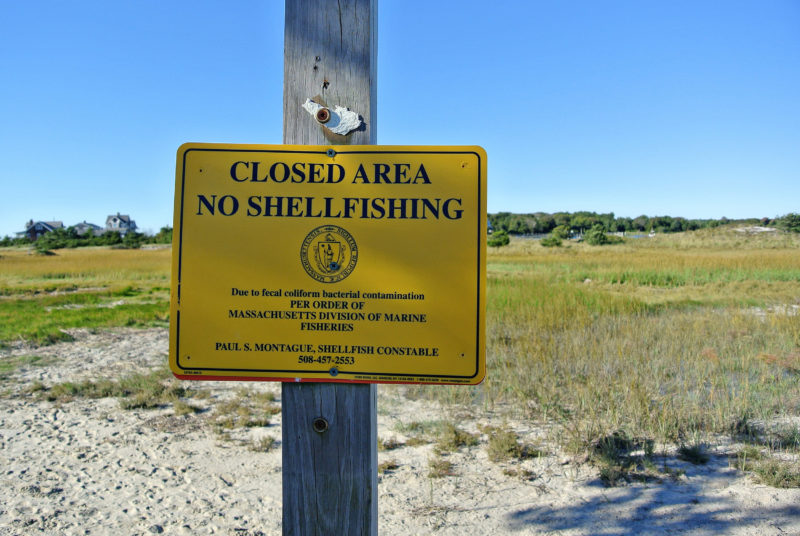
As a result of the WFA’s work to implement water testing in the Westport River, Massachusetts instituted conditionally approved shellfishing areas depending on weather and pollution conditions.
The WFA was established after the state Department of Environmental Protection – then called the Massachusetts Department of Environmental Quality Engineering (DEQE) – closed the entire river to shellfishing. The state’s monitoring data had shown that the river’s bacteria levels were much higher than what’s considered safe for shellfish consumption.
At the time, Massachusetts did not open and close shellfish beds on a conditional basis; shellfishing in a particular waterway was either open all the time or closed all the time. But in neighboring Rhode Island, the state had a system that would close some shellfish beds on a temporary or seasonal basis due to rainfall or other polluting conditions.
Armed with this knowledge, the WFA asked DEQE if Massachusetts could implement conditional openings like Rhode Island had. They said yes – but asserted they didn’t have the manpower to gather the data that would allow them to make decisions about conditional openings. So to save shellfishing on the Westport River, the WFA decided to collect the data itself.
Using an approved regimen from DEQE, the WFA set up a laboratory in the basement of Town Hall to collect data about bacteria levels in the river. One of its members, Arnold Tripp, had a chemistry background and ran the program. He and others took water samples at the same spots on the river before and after rainstorms, and then recorded that data in a spreadsheet to show rainfall amounts, times, and corresponding bacterial levels.
At long last, the state accepted the WFA’s data in the 1990s and instituted conditionally approved shellfishing areas, which reopened most of the river to shellfishing. To this day, the water quality monitoring program originally designed by the WFA is still used to open and close shellfish beds on the Westport River depending on weather and pollution conditions.
Halting the Westport River’s Largest-Ever Source of Pollution
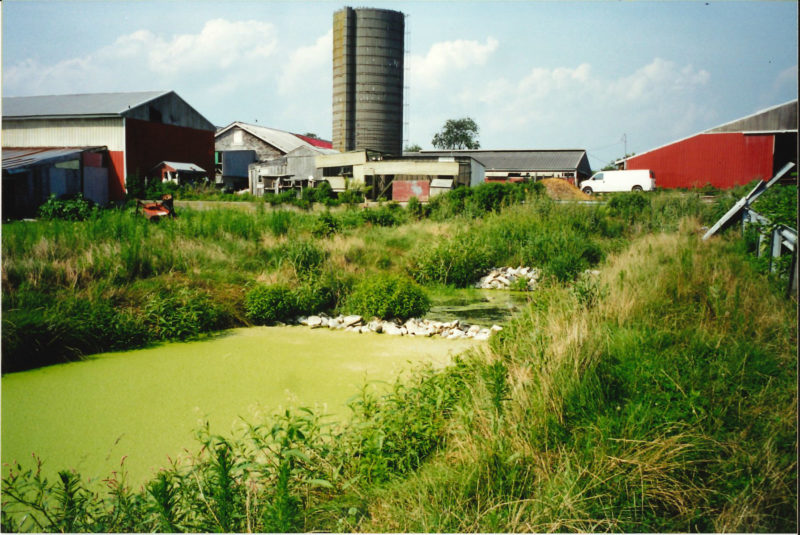
An animal feedlot on Snell Creek was discovered to be polluting the Westport River with bacteria from manure – at amounts over 6,000 times the safe level for swimming and 85,000 times the safe level for shellfish consumption.
After noticing the East Branch’s productive oyster beds north of Hix Bridge Landing were still permanently closed at the end of the 1990s, the WFA pinpointed one particularly egregious source of pollution – which opened up a multi-year advocacy effort that ultimately led to its elimination.
The source was a 33-acre agricultural operation on Drift Road, about 100 feet from where the mouth of Snell Creek emptied into the river. The owner raised anywhere from 350 to 600 cows on the property, which turned out to meet the federal definition of a feedlot under the Clean Water Act. It was manure runoff from the feedlot – and the loads of fecal coliform bacteria it carried – that was preventing the East Branch’s thick oyster beds from reopening.
WFA members stepped in to build a wire fence along Snell Creek to keep the cows at least 200 feet from the river’s edge. But the fencing wasn’t maintained, and the cows eventually got back into the water. Around the same time, the EPA issued a federal discharge permit – the first of its kind for any New England animal operation – that required significant cleanup measures, but the feedlot violated the terms of the permit.
By the spring of 2000, the feedlot was discovered to be polluting the creek with bacteria at amounts over 6,000 times the safe level for swimming and 85,000 times the safe level for shellfish consumption.
To finally put a stop to this egregious pollution source, the WFA teamed up with the Coalition to sue the feedlot in Superior Court. This tireless, years-long advocacy and teamwork led to a legal agreement that halted further pollution from the feedlot. A little over a year later, water testing showed that the East Branch was clean enough to harvest shellfish again. Thick oyster beds from Cadman’s Neck to Hix Bridge reopened for the first time in two decades.
Establishing Permanent Development Setbacks on the River
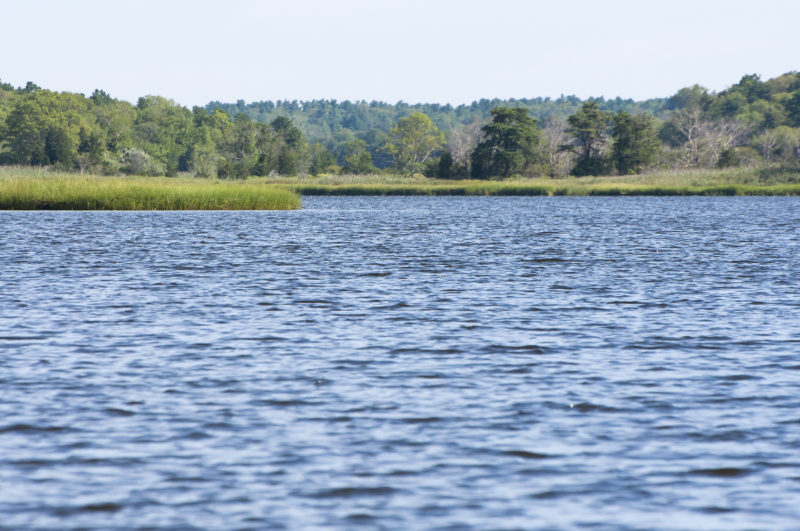
The WFA’s tireless advocacy to protect the shoreline of the Westport River from development set the precedent for the state’s enforcement of the Rivers Act.
The WFA also influenced state policy that has since and will continue to protect the shores of all the Bay’s rivers from development. In 1996, Massachusetts passed the Rivers Protection Act, which provided stricter protections to riverfront areas than the existing Wetland Protection Act: specifically, a greater setback from the water’s edge and no exemptions for development.
After the Rivers Act passed, a Westport property owner who wanted to build in the riverfront area argued that the Westport River’s tidal estuary did not fall under the act’s guidelines.
After the conservation commission denied the application, the homeowner appealed the decision to MassDEP – which sided with the homeowner in saying that the tidal Westport River was not, in fact, a river.
The case took the WFA all the way to the State House to fight for the strictest protections for the Westport River. The secretary of environmental affairs, who has the final say on all of the state’s environmental decisions, ultimately decided in favor of the Westport Conservation Commission and formally declared the Westport River to be a “river.”
The Westport case set the precedent for the state’s enforcement of the Rivers Act. Under the secretary’s decision, MassDEP had to create maps for all of the state’s rivers showing the areas that fall under the jurisdiction of the Rivers Act.
Advocating for the Westport River in Town Hall
Inside the halls of government, the WFA advocated for regulations that would require nitrogen-reducing septic systems for new construction projects in Westport and opposed development projects that threatened to pollute or drain the Westport River or its tributary streams.
Restoring the Horseneck Point Life-Saving Station
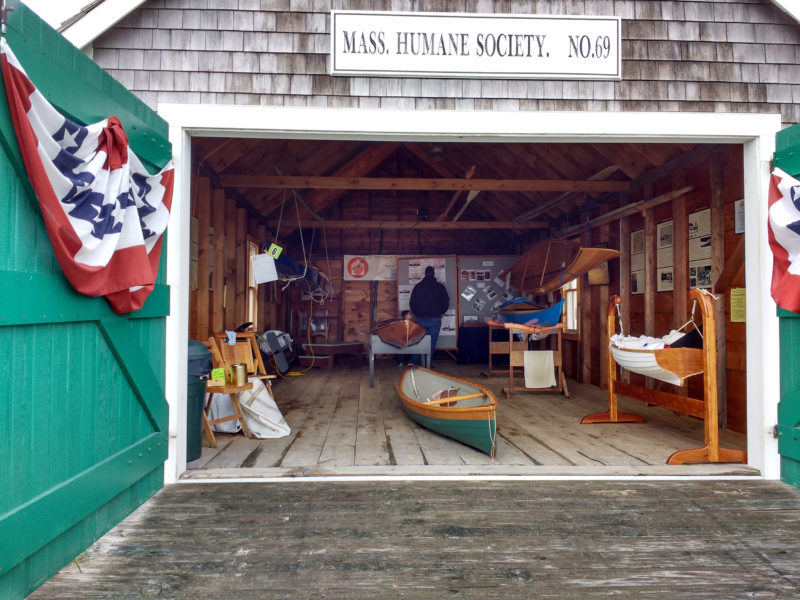
The Westport Fishermen’s Association saved the historic Horseneck Point Lifesaving Station, located near the causeway to Gooseberry Island, from demolition in the mid-2000s and restored it as a visitor center.
Another victory of the WFA was saving the historic Horseneck Point Life-Saving Station, located near the causeway to Gooseberry Island, from demolition in the mid-2000s. Originally built in 1888, the Life-Saving Station was part of a larger network of stations across Massachusetts’ shores that were built to aid mariners in distress. It’s the last remaining Buzzards Bay station and one of only four left state-wide.
Between 2007 and 2009, the WFA brought the Life-Saving Station back to its original appearance and then opened it as a museum and visitor center. Its efforts helped to preserve an almost-forgotten piece of Westport’s rich maritime history and make it available to the public. (As part of the merger, the Coalition will now maintain the Life-Saving Station and open the visitor center seasonally from June to September.)
Studying Salt Marsh Losses
Most recently, WFA Past President Jack Reynolds raised the alarm about disintegrating salt marshes in the Westport River. After Reynolds published a column in the WFA’s newsletter about the changes he had seen in the marshes over the last four decades, he started hearing from other WFA members who had noticed the erosion as well.
Reynolds’ efforts led to a 2016 Coalition study in partnership with the WFA, the Woods Hole Research Center, the Marine Biological Laboratory, and the Buzzards Bay National Estuary Program. The study found that the West Branch’s salt marsh islands had declined by nearly 50 percent over the past 80 years. The study also found that nitrogen pollution and global sea level rise were two key factors contributing to this loss.
The Coalition is continuing to carry on the project by expanding this research to new locations around the Bay to help guide efforts to halt these declines.
Other Notable Accomplishments
Through its many environmental projects, the Westport Fishermen’s Association had an outsize positive impact on Westport’s natural resources. By supporting shellfish propagation and establishing a databank on oyster populations, the WFA helped maintain the sustainable and healthy shellfish harvesting that first inspired the group’s formation.
In recent years, WFA volunteers led other cleanups that significantly reduced the amount of trash cluttering the river’s shores. And in the community, the WFA helped support a new generation of environmental stewards through marine environmental education and scholarships for local students. The group also honored Westport’s lost fishermen by erecting a memorial.